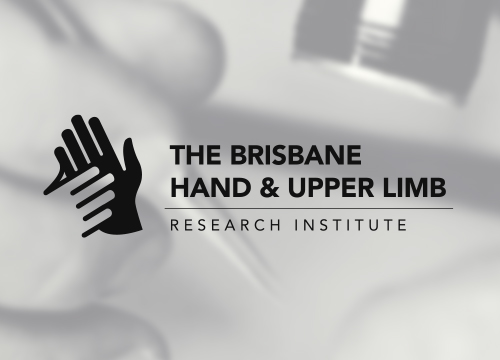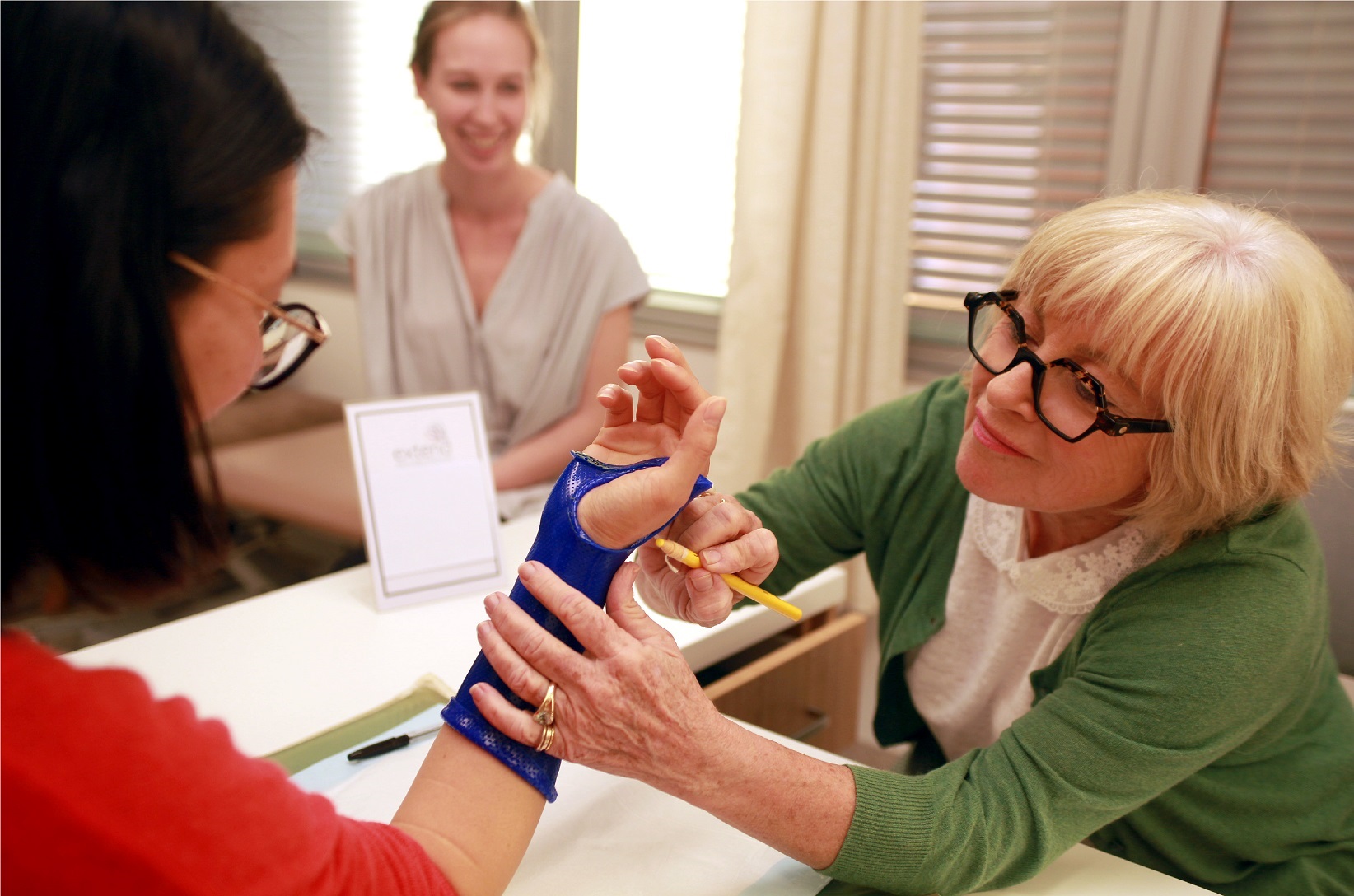Greg Couzens, Mark Ross, Chris Jeffery, Libby Anderson, Timothy Gilmour
Injury to the triangular fibrocartilage (TFCC) has been observed as a common cause of both post-traumatic and chronic degenerative ulnar sided wrist pain. It can result in pain and impact on function and quality of life. There are many treatments available to help relieve pain and improve hand function. Currently, it is common practice in Australia and overseas for health care providers to initially recommend non-surgical/conservative treatments for patients. Treatments can include splinting the wrist to relieve pain; injection of corticosteroid to reduce inflammation and provide pain relief; and hand therapy to provide exercises and patient education to inform on strategies for protecting the wrist, managing pain and improving function. Studies of conservative management are limited, despite it being the most common approach and the indication for surgical treatment being the failure of non-operative therapies.
This study will compare the effectiveness of the following non-surgical treatments: Thermoplastic splinting; corticosteroid injection; and hand therapy treatment in relieving symptoms and improving function in adults with acute traumatic TFCC tears




